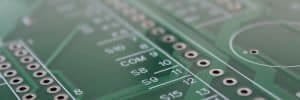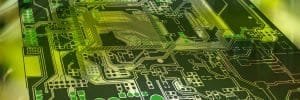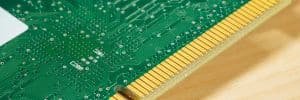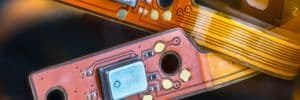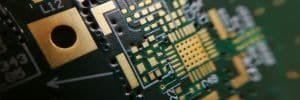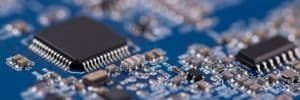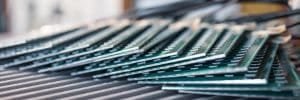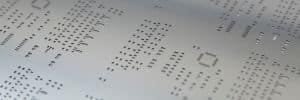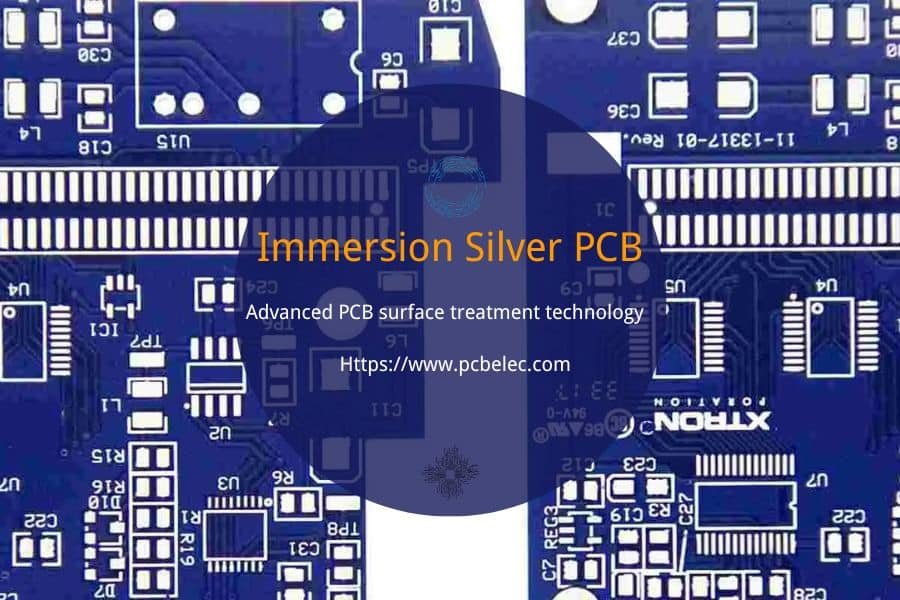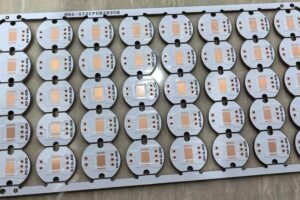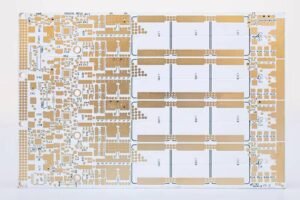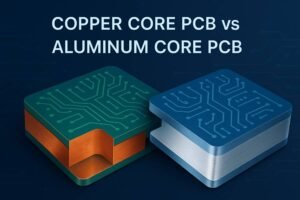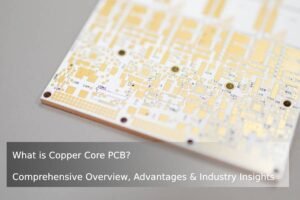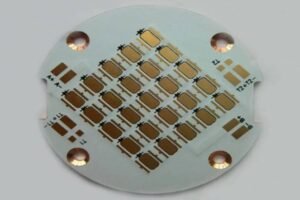Immersion silver PCB surface finish is a lead-free, cost-effective coating that protects copper pads from oxidation while ensuring excellent solderability. Favored in high-speed electronics, automotive, and telecommunications, it balances affordability and performance. This article explores its technical process, advantages, limitations, real-world applications, and detailed comparisons with immersion gold (ENIG) and hot air solder leveling (HASL). Whether you’re a PCB designer or manufacturer, understanding immersion silver can optimize your project outcomes.
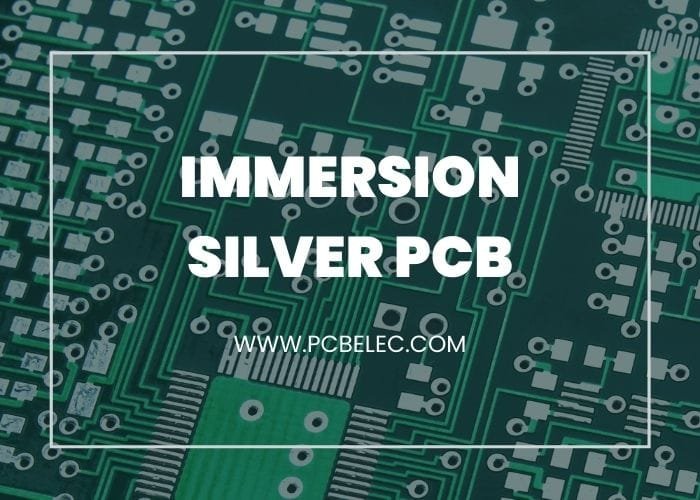
Table of Contents
Understanding Immersion Silver PCB
What Is a PCB Surface Finish?
A PCB surface finish is a protective coating applied to exposed copper pads on a PCB to prevent oxidation, enhance solderability, and ensure reliable connections with components. Common finishes include immersion silver, immersion gold (ENIG), hot air solder leveling (HASL), organic solderability preservative (OSP), and immersion tin. Each finish varies in cost, durability, and suitability for specific applications.
How Does Immersion Silver Work?
Immersion silver employs a chemical displacement reaction where silver ions (Ag⁺) in a solution replace copper atoms (Cu) on the PCB surface, depositing a uniform silver layer of 5–18 microinches (0.125–0.45 µm). The process involves:
- Micro-etching: A mild etching solution roughens the copper surface to improve adhesion.
- Silver deposition: Conducted at 40–60°C in a pH-controlled solution (typically 4–6), silver ions displace copper, forming a dense, crystalline layer.
- Post-treatment: Anti-tarnish agents are applied to extend shelf life.
The reaction is:
Cu + 2Ag⁺ → Cu²⁺ + 2Ag
This controlled, slow deposition ensures a smooth, defect-free layer, ideal for high-frequency signals. According to a 2023 IPC report, immersion silver accounts for 15% of global PCB surface finish applications due to its cost-performance balance.
Key Benefits of Immersion Silver PCB Surface Finish
Immersion silver offers a compelling mix of affordability and performance. Its key advantages include:
- Cost-effective: 20–30% cheaper than ENIG for 2-layer PCBs, making it ideal for budget-conscious projects (Source: Superior Processing).
- Excellent solderability: The silver layer promotes uniform solder spreading, reducing defects and ensuring strong joints.
- Lead-free and RoHS-compliant: Environmentally friendly, with no hazardous lead emissions, unlike traditional HASL.
- Multiple reflow cycles: Supports up to 3–5 soldering reflows without degradation, suitable for complex assemblies.
- High conductivity: With a conductivity of 63 S/m, it’s ideal for high-speed designs like 5G antennas and automotive radar systems.
- Flat surface: Enables precise placement of fine-pitch components, critical for modern electronics.
- Black pad immunity: Unlike ENIG, immersion silver avoids black pad defects, ensuring long-term reliability.
Ready to optimize your PCB project with immersion silver? Get a Free Quote Now.
Limitations of Immersion Silver PCB
Despite its benefits, immersion silver has some drawbacks:
- Tarnishing risk: Exposure to sulfur or high humidity can form silver sulfide (Ag₂S), reducing solderability. Vacuum-sealed storage extends shelf life to 6–12 months (Source: Nova Engineering).
- Micro-voids in solder joints: High-humidity environments may cause micro-voids, though proper process controls minimize this risk.
- Handling sensitivity: Requires careful handling to avoid contamination, as fingerprints or oils can degrade the silver layer.
- Limited adoption: As a newer technology, some manufacturers lack expertise, potentially affecting quality.
Mitigate these challenges by partnering with an experienced fabricator. Learn more about PCB storage best practices.
Real-World Applications of Immersion Silver PCB
Immersion silver’s versatility makes it a top choice across industries:
- Telecommunications: Used in 5G base stations and RF modules for its low signal loss. A 2024 case study by TechSparks reported a 12% improvement in signal integrity for 5G routers using immersion silver.
- Automotive: Supports advanced driver-assistance systems (ADAS) and electric vehicle (EV) controllers due to its reliability in harsh conditions.
- Consumer electronics: Found in smartphones, tablets, and wearables for its flat surface and fine-pitch compatibility.
- Medical devices: Ensures stable connections in diagnostic equipment, such as ultrasound machines, requiring high-speed signals.
- Aerospace: Used in satellite communication systems for its conductivity and lightweight properties.
Immersion Silver vs. Immersion Gold (ENIG) vs. HASL
To choose the right finish, compare immersion silver with ENIG and HASL:
Feature | Immersion Silver | Immersion Gold (ENIG) | HASL |
|---|---|---|---|
Cost | 20–30% cheaper than ENIG | Higher, stabilizes for multi-layers | Cheapest, but leaded versions non-compliant |
Shelf Life | 6–12 months with vacuum sealing | Over 12 months | 6–12 months |
Corrosion Resistance | Moderate, tarnishes over time | Excellent (nickel barrier) | Moderate, prone to uneven surfaces |
Solderability | Excellent, smooth spreading | Excellent, fine-pitch compatible | Good, but uneven for fine-pitch |
Applications | High-speed signals, automotive | Wire bonding, high-reliability ICs | General-purpose, cost-sensitive |
Environmental Impact | Lead-free, RoHS-compliant | Low lead risk in nickel process | Leaded HASL non-compliant |
Immersion silver excels in cost-sensitive, high-speed applications, while ENIG is preferred for corrosion resistance and wire bonding. HASL suits low-cost, less complex PCBs but may not meet RoHS standards.
Immersion Silver vs. Silver Plating
Immersion silver uses a chemical displacement process to deposit a thin, uniform layer (5–18 microinches), while silver plating employs electrolysis for thicker coatings (up to 100 microinches), often for decorative or high-wear applications. In PCBs, immersion silver is preferred for its precision, cost-effectiveness, and compatibility with fine-pitch components.
Choosing a Reliable Immersion Silver PCB Manufacturer
A trusted manufacturer ensures quality immersion silver PCBs. Key criteria include:
- IPC-4553 compliance: Verifies silver thickness and process reliability.
- Advanced equipment: Automated micro-etching and deposition systems for consistency.
- Experience: At least 10–15 years in immersion silver fabrication.
- Quality control: Offers X-ray fluorescence (XRF) testing to confirm layer thickness.
- Fast turnaround: Provides design-for-manufacturing (DFM) reviews and quick quotes.
At JHYPCB, our 15+ years of expertise and IPC-compliant facilities deliver superior immersion silver PCBs.
Conclusion
Immersion silver PCB surface finish is a cost-effective, RoHS-compliant solution for modern electronics, offering excellent solderability, high conductivity, and versatility. While tarnishing and handling sensitivity require attention, proper storage and experienced manufacturing ensure optimal performance. Compared to ENIG and HASL, immersion silver strikes a balance for high-speed, budget-conscious applications like 5G, automotive, and consumer electronics.
Ready to start your immersion silver PCB project? Contact JHYPCB for a competitive quote and let our experts deliver tailored solutions.
FAQs
The silver layer ranges from 5–18 microinches (0.125–0.45 µm), ensuring solderability and oxidation protection.
With vacuum-sealed packaging at 20–25°C and <50% humidity, shelf life is 6–12 months. Use within 24 hours after opening.
Options include immersion silver, ENIG, HASL, OSP, and immersion tin. See our PCB surface finish guide.
Yes, it’s lead-free and RoHS-compliant, minimizing environmental impact.
Immersion silver is 20–30% cheaper for 2-layer PCBs, though costs align for multi-layer boards.
Its high conductivity (63 S/m) and low signal loss make it perfect for 5G, RF, and high-frequency circuits.
Unlike ENIG, immersion silver avoids nickel-related interfacial fractures, ensuring reliable solder joints.
Yes, its flat surface supports components with pitches as low as 0.3 mm.

